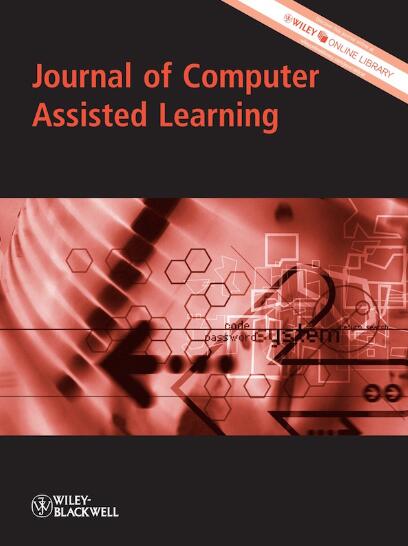The Effectiveness of Technology-Supported Learning in Improving Students' Digital Literacy—A Meta-Analysis of 56 Experimental and Quasi-Experimental Studies
Abstract
Background
For students, digital literacy is an essential competency, and technology-supported learning has become one of the most crucial methods for developing students' digital literacy. However, no academic consensus exists regarding whether technology-supported learning is effective in improving students' digital literacy.
Objectives
This study conducts a meta-analysis to examine the effectiveness of technology-supported learning in improving students' digital literacy. In addition, the influence of moderator variables is tested. Examples of these variables include types of technology, ways of technology use, grade level, types of courses, learning environment, learning methods, duration and different digital literacy dimensions.
Methods
This meta-analysis follows the guidelines outlined in the Preferred Reporting Items for Systematic reviews and Meta-Analyses (PRISMA). For the 56 studies that met the specified criteria, a random effects model and Hedges' g are used to provide a comprehensive overview of the impact of technology-supported learning on students' digital literacy across different contexts. This study also uses a funnel plot, Begg's test and Egger's test to assess publication bias.
Results and Conclusions
The findings show that: (a) Technology-supported learning has a large positive impact on students' digital literacy (g = 0.612, p < 0.001). (b) Compared to GenAI, extended reality and digital platforms and applications are more effective in fostering digital literacy. (c) Compared to other ways of using technology, employing technology for digital creation and expression has the greatest effect in enhancing students' digital literacy. (d) Compared to other grade levels, technology-supported learning has the greatest effect in promoting kindergarten children's digital literacy. (e) Compared to other course types, technology-supported learning in interdisciplinary courses has the greatest effect in improving students’ digital literacy. (f) Compared to other contexts, technology-supported learning has the greatest effect in cultivating students’ digital literacy when implemented in a blended environment. (g) Compared to other learning methods, blended learning has the greatest effect in promoting students’ digital literacy when combined with technology-supported learning. (h) No significant difference exists in the impact of technology-supported learning on students’ digital literacy development across different intervention durations.
Implications
These findings provide valuable insights for teachers and researchers who are trying to improve students' digital literacy through different technologies in the educational environment.


 求助内容:
求助内容: 应助结果提醒方式:
应助结果提醒方式:


